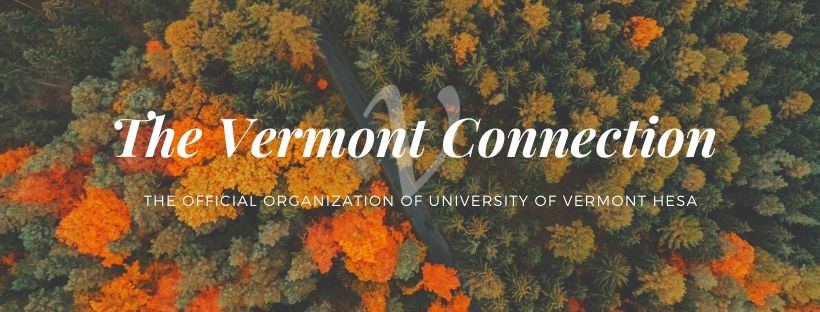
Abstract
Since its emergence in the 1960s, the Model Minority Myth (MMM) has been pervasive in its assumption of Asian Americans as a monolithic racial group of naturally high-achieving individuals. This widely accepted stereotype has not only dismissed the educational challenges that diverse subpopulations may face within the context of higher education, but also made it hard for them to garner targeted resources and support throughout their educational journey. In particular, Southeast Asian American (SEAA) college students have suffered the runt of the consequences, as their unique challenges and experiences have been heavily erased. Unlike their Asian American peers, Southeast Asian Americans attain postsecondary degrees at significantly lower rates and also exhibit lower rates of student retention overall. However, with the rise of Asian American Native American Pacific Islander Serving Institutions (AANAPISI), SEAA college students are given renewed hope at a college experience that truly caters to their needs. AANAPISIs across the nation serve as an important access point to higher education for SEAA college students and play an important role in providing academic and co-curricular programming that aims to support this student population’s educational attainment. Recognizing this, I will discuss actionable steps that AANAPISI grant-seekers and stakeholders can take to ensure that their campus communities are built to welcome and support the unique experiences and challenges of SEAA student populations. However, in order to build upon the impact and potential that AANAPISIs can have on the educational experience of not only SEAA college students, but all AAPI students in general, it is important for all institutional agents and community members to take action collectively and individually.
Recommended Citation
Chu, A. (2022). Increasing the Educational Retention and Attainment Rates of Southeast Asian American College Students Through AANAPISIs. The Vermont Connection, 43(1). https://scholarworks.uvm.edu/tvc/vol43/iss1/8